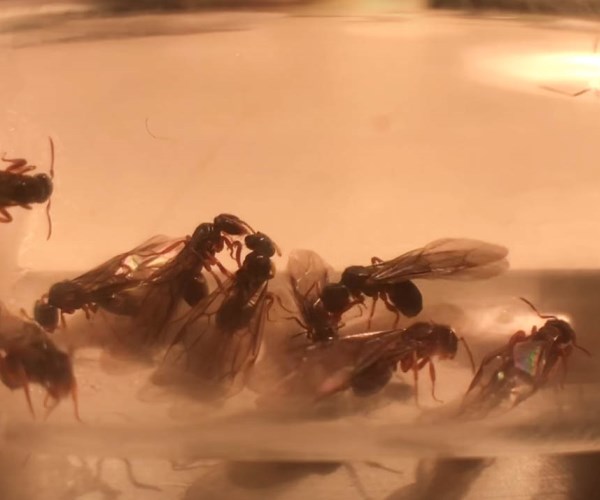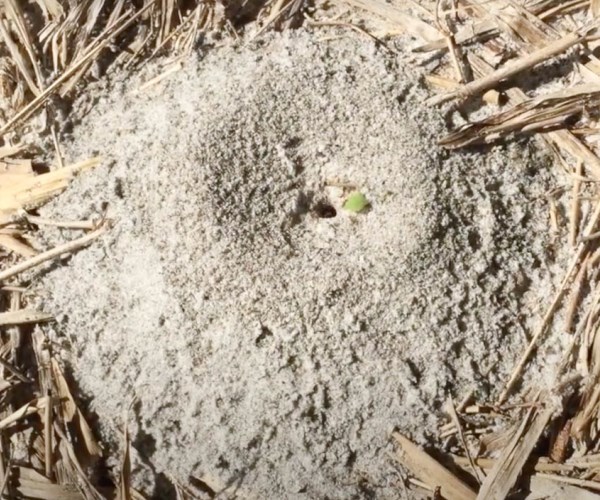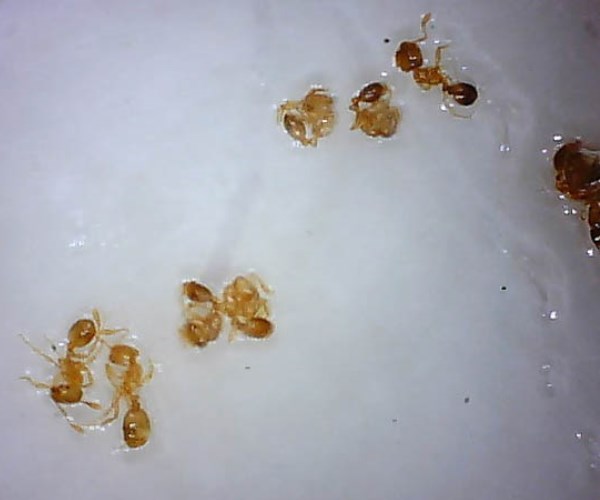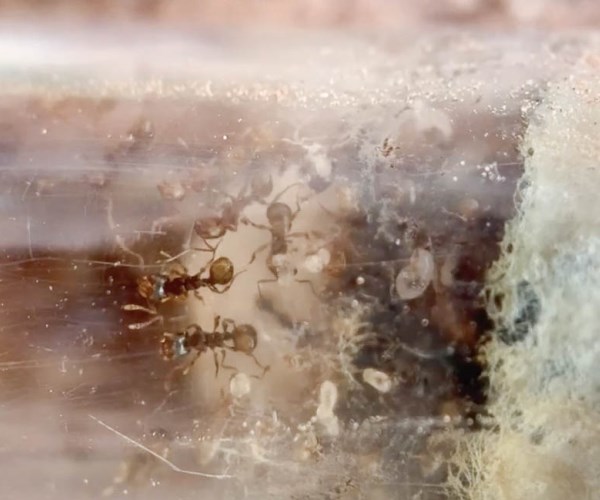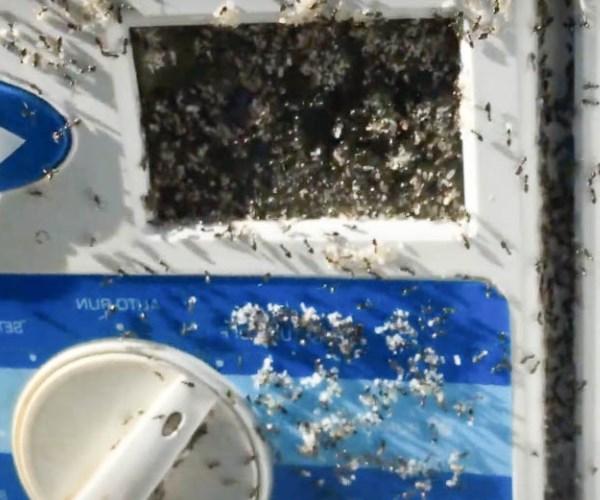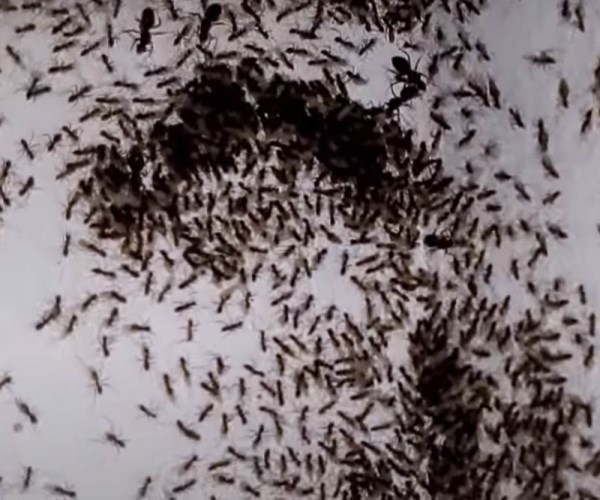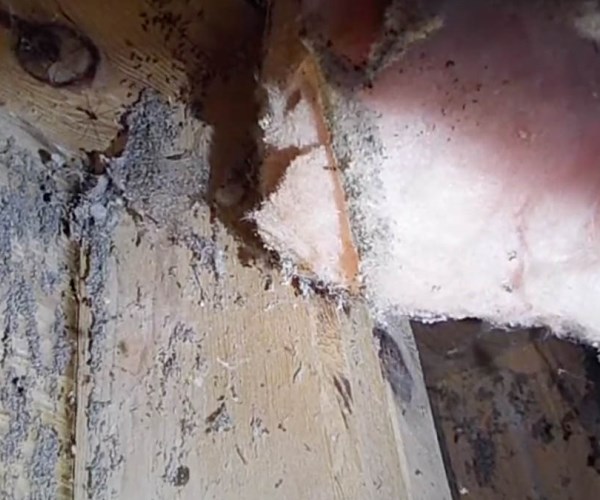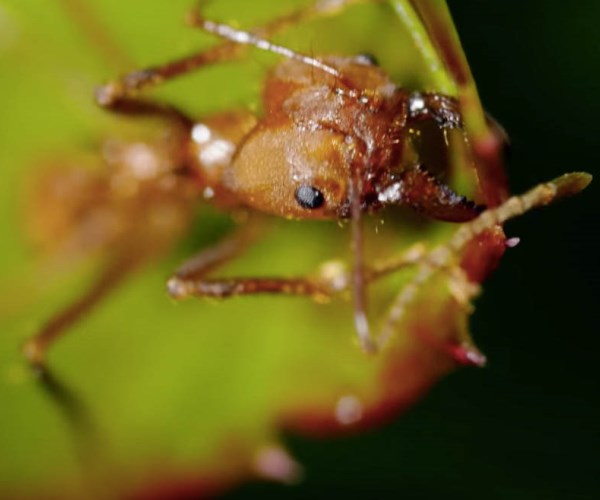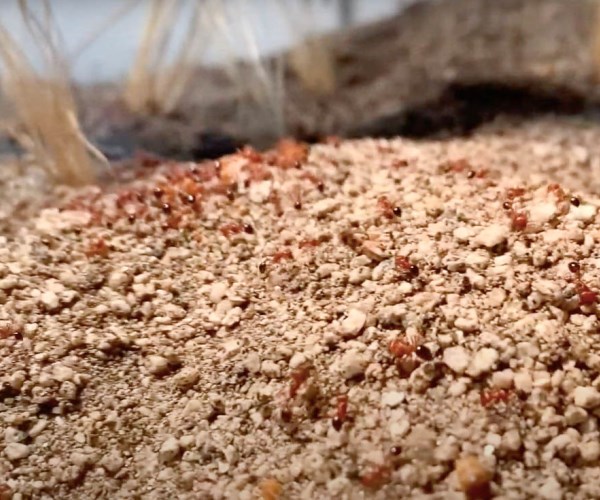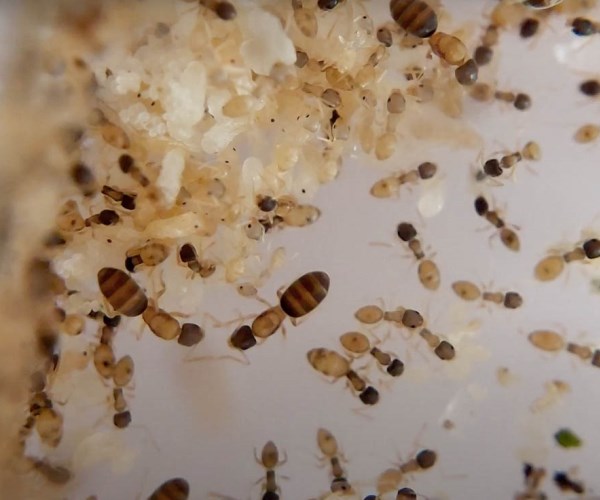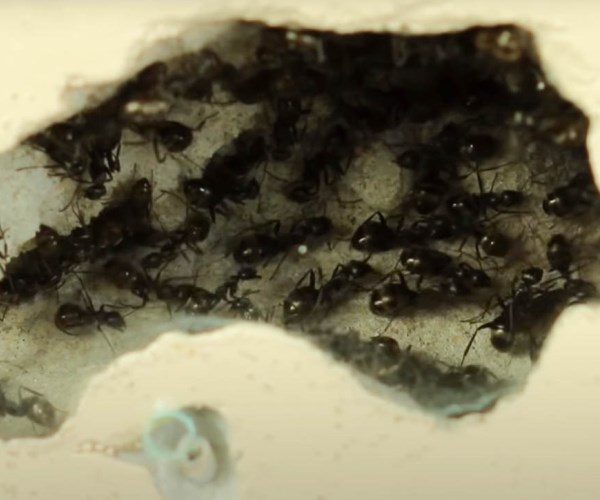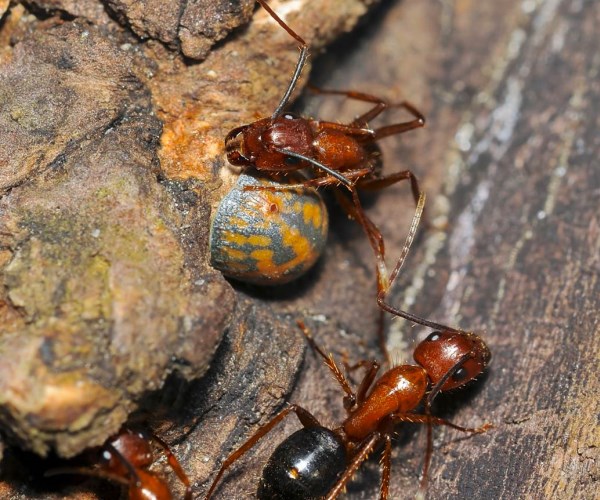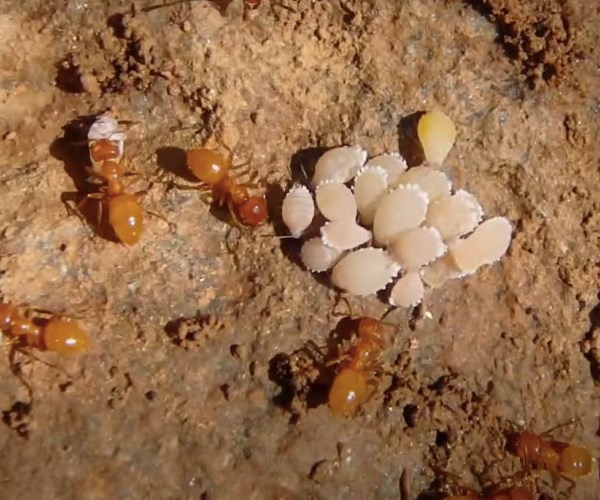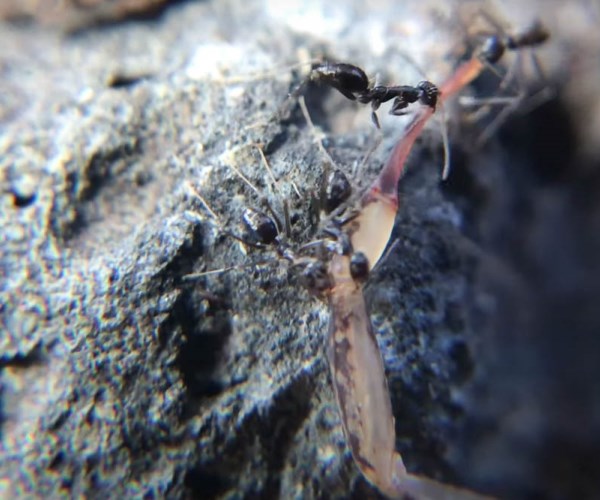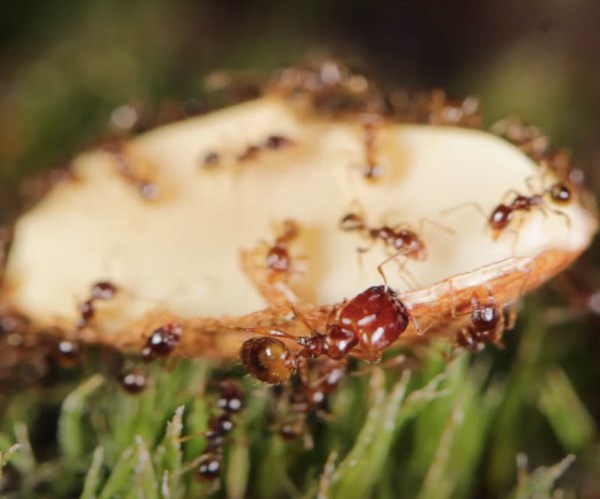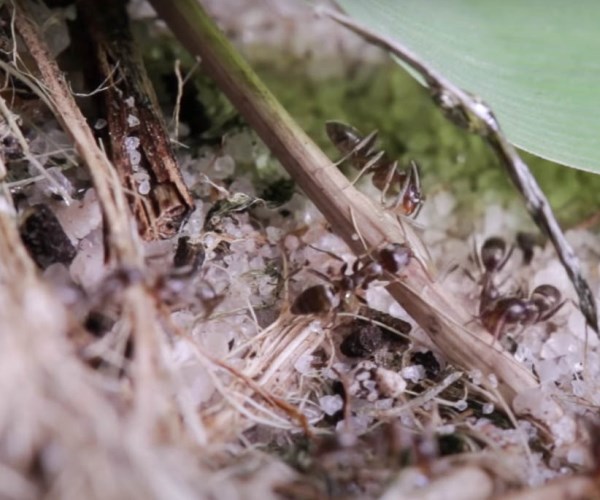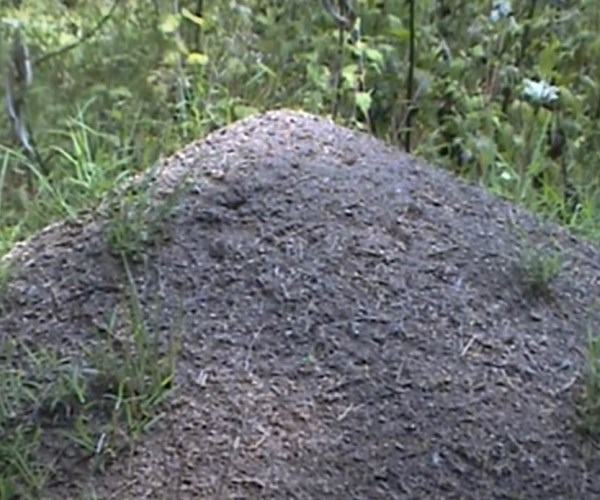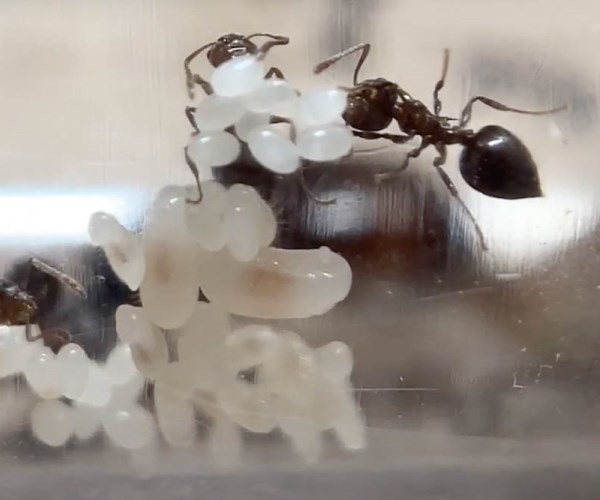About Odorous Ants
About Odorous Ants
Odorous ants are small household ants commonly found in homes in the US. They are well-known nuisance ants otherwise known as odorous house ants. They get their name from the fact that they produce an unpleasant smell when they are crushed. Odorous ants produce a smell that is similar to that of rotten coconuts.
Appearance
Odorous ants are small insects, with their lengths ranging from 2.4 to 3.3 mm. Their bodies are black or brown. They also have a node on their petioles. The node is hidden by the abdomen. When viewed from the side, the abdomen of odorous ants is unevenly shaped. The antennae of odorous ants have 12 segments. Together with other ants such as the argentine ants, odorous ants are known as tramps.
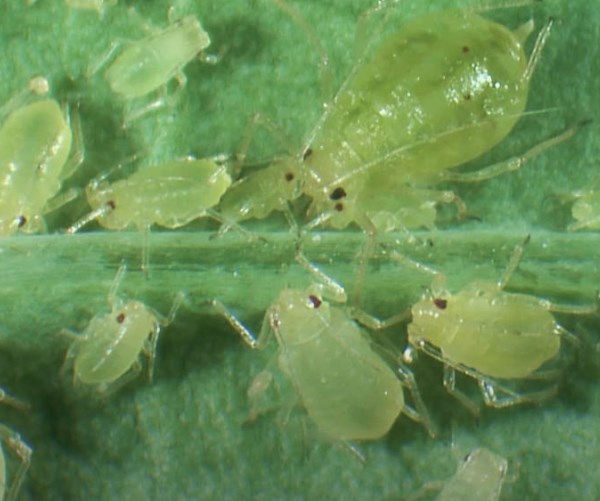
Behavior
The insects are widely distributed across the US. They have established populations on the west coast, Atlantic coast, and in New England. It is noteworthy that odorous ants and argentine ants are rarely found in the same location. This is because of the strong competitive nature of argentine ants, which can cause odorous ants to leave an area.
Odorous ants live in multiple-queen colonies. The size of the colonies ranges from 100 to 100,00 ants. After the female lays the egg, it takes about 24 days for the eggs to develop into mature ants. The swarmer’s leave established under favorable conditions to start new colonies.
They are adaptable insects that build indoor and outdoor nests. The outdoor nests of odorous ants are in locations such as the cavities of trees. They are also found in loose barks and within bird and animal nests. Odorous ants particularly like to nest in warm environments. This is why their nests are found on top of beehives. They also like to live in open areas and are known for maintaining close associations with humans.
The indoor nesting sites of odorous ants include wall voids that are located close to heaters and water pipes as well as sinks and crevices.
Odorous ants are scavengers. They feed on live and dead animals, as well as sweets and honeydew. Plant secretions are also part of the diet of odorous ants. Because they especially like honeydew, odorous ants maintain close relationships with aphids, tending to them for a constant supply of honeydew.
The workers forage during the day and night through established trails. They release pheromones along the trails where they search for food. Although they are more prone to nest outdoors, the ants enter homes and buildings in search of food and shelter. Odorous ants change the location of their nests regularly, as often as three-month intervals, in response to rainfall and moisture levels.
Odorous ants are some of the commonest household pests and are also regarded as odorous house pests. They produce a characteristic coconut-like odor when crushed.
Damage they cause
As a common household pest, they are notable nuisance pests. When odorous ants infest homes, they contaminate sources of food. As they travel in large numbers, an infestation of the ants could result in the contamination of large sources of foods, especially sources of sugar and protein. The improper storage of foods can lead odorous ants into homes. They are especially attracted to sweets and sources of sugar.
Odorous ants can bite or sting. However, their bites and stings usually have minimal effects on intruding or attacking animals. The major concern in regards to an odorous ant infestation is the nuisance they constitute.
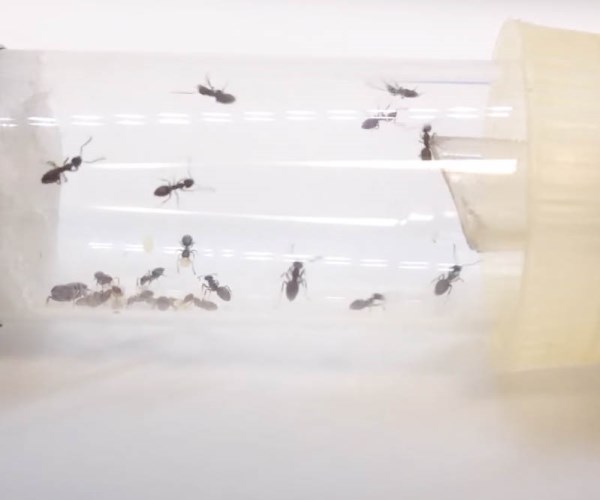
Signs of infestation
The workers could be seen foraging. Seeing the workers foraging within homes means that there is a colony close to the area. It could also mean that there is an indoor infestation. They could also be seen in their trails. Odorous ants travel in large numbers and established trails both during the day and night leaving pheromones on the trails. Thus, the trails are applied in the control and prevention of infestation. Apart from the foraging workers, the swarmers are another sign of infestation.


